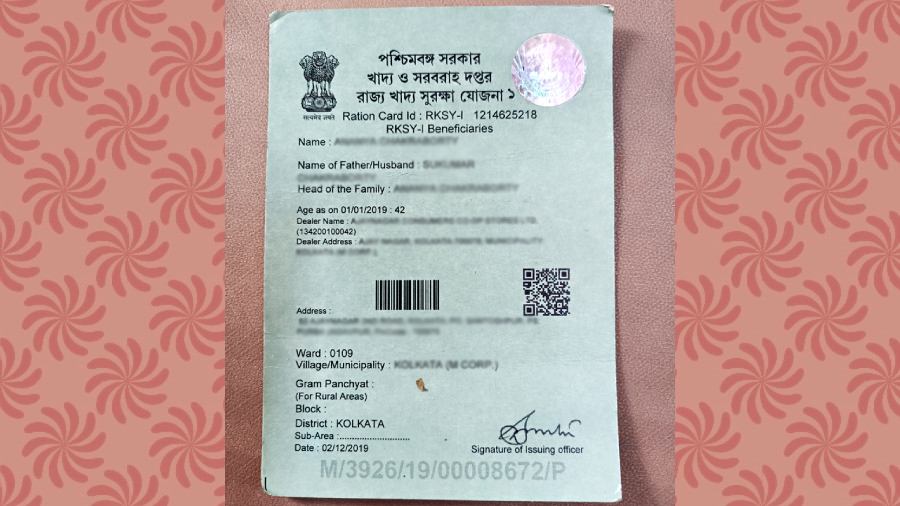
ITR Filing for FY 2023-24: Common Mistakes People Always Do
Now that the e-filing portal has been enabled taxpayers can now begin filing Income Tax Return or ITR for the financial year 2022-23. So, if you are filing ITR on your own then you should be aware of these five common mistakes people often make.
The deadline for submitting Income Tax returns for the financial year 2022-23, applicable to individuals who are not required to undergo an audit of their accounts, is July 31.

Avoid These 5 Common Mistakes While Filing ITR
Picking the Wrong ITR Form
One of the most common errors made by taxpayers is choosing the incorrect I-T form. Whether filing electronically or manually, it is essential to accurately complete the appropriate form. There are a total of seven forms available for taxpayers to file their taxes. Individuals with income up to Rs 50 lakh and earning from salary, one house property, and other sources (such as interest) can file ITR-1. Individuals, Hindu Undivided Families (HUFs), and firms with total income up to Rs 50 lakh and income from business and profession can file ITR-4.
ITR-2 is utilized by individuals with income from residential property exceeding Rs 50 lakh, whereas professionals are required to file ITR-3. LLPs and businesses file ITR-5 and ITR-6 respectively. ITR-7 is specifically designed for taxpayers, including companies, that fall under the category of charitable or religious trusts, political parties, research associations, news agencies, or similar organizations as specified in the Act. It is important to thoroughly review the eligibility criteria before selecting the appropriate form.
Not Disclosing All Income Sources
It is crucial to disclose all sources of income in your ITR. Failure to report all income sources may result in the income tax department considering it a violation of the I-T Act and issuing a notice. Many individuals receive income from various sources in addition to their salaries, such as interest earned on bank savings accounts, fixed deposits (FDs), insurance, and other savings schemes like PPF. It is necessary to declare all such income, even if it is tax-free.
Not Informing All Assets
The government has made it mandatory for individual taxpayers to include specific asset details in their ITR. In the case of immovable assets such as land and buildings owned by individuals, it is necessary to provide a description of the asset, its address, and the cost of the property.
Doing Mistakes Claiming Deductions
There is a common misconception that the employer’s contribution to the Employee Provident Fund (EPF) should be considered when claiming Section 80C benefits. This belief is incorrect. Similarly, only the principal amount repaid on a housing loan is eligible for Section 80C deductions. Many other deductions are often claimed under incorrect categories, resulting in their rejection. Therefore, it is essential to double-check and ensure accuracy before completing your form.
Also read:
Top 6 Popular Questions on ₹2,000 Notes Withdrawal By RBI
Wrong TDS Details
A common mistake is filing tax returns without verifying the credit of TDS (tax deducted at source) reflected in Form-26AS, which is held by the I-T Department. If your employer or any other entity that deducts TDS fails to deposit the deducted amount with the I-T Department or incorrectly mentions your PAN, that particular amount will not be shown in Form-26AS, resulting in a discrepancy. Therefore, it is crucial to ensure that the TDS credit is correctly stated in Form-26AS. In case of any mismatch, prompt action should be taken to rectify the issue.



